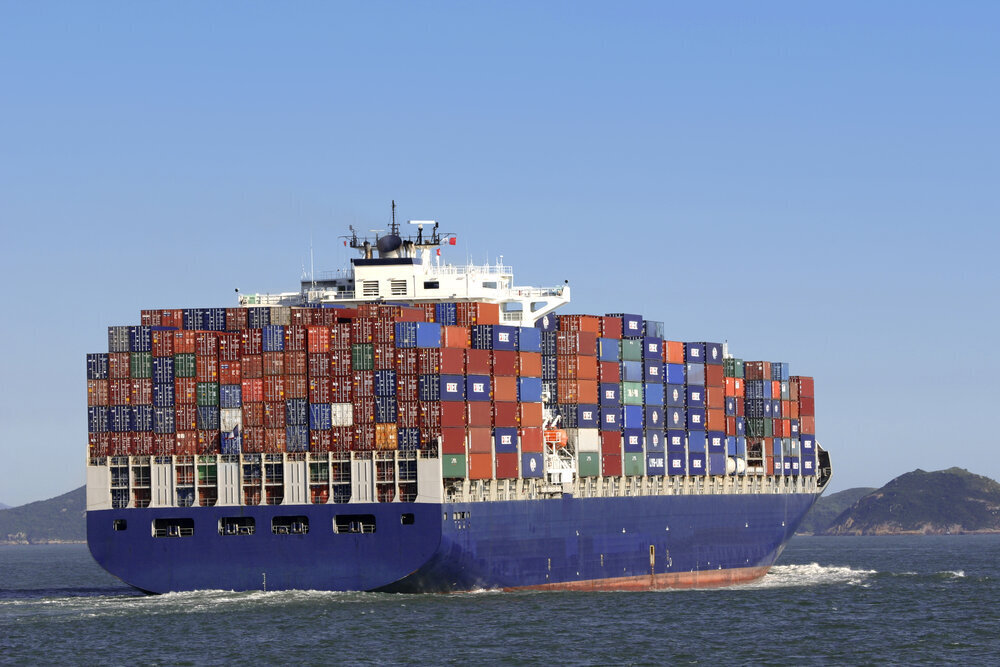Iran exports commodities worth $115m to Russia in 3 months

TEHRAN- Iran has exported commodities worth $115 million to Russia during the first quarter of the current Iranian calendar year (March 21-June 21), the spokesman of Islamic Republic of Iran Customs Administration (IRICA) has announced.
Ruhollah Latifi has said that the value of Iran’s export to Russia fell 15 percent in the first quarter of the present year from the first quarter of the previous year.
He also announced that Iran’s imports from Russia rose 22 percent to stand at $394 million in the first quarter of this year.
According to the data released by Iran’s Trade Promotion Organization (TPO), the value of Iran’s export to Russia rose 14 percent in the past Iranian calendar year 1400 (ended on March 20).
Based on the mentioned data, Iran exported 1,139,992 tons of commodities worth over $579 million to Russia in the past year.
The Islamic Republic had exported 1,060,793 tons of commodities worth $509.917 million to Russia in the Iranian calendar year 1399 (ended on March 20, 2021).
The main Iranian products exported to Russia in the previous year were fresh or dried pistachios, ordinary non-expandable polystyrene, fresh kiwi and synthetic fibers, and other types of polyester.
Wheat, sunflower seed oil, safflower, and raw corn were also major products imported from Russia.
Iran and Russia have been taking serious steps for boosting their mutual trade over the past few years.
In late January, Iranian President Ebrahim Raisi said that the Islamic Republic and Russia have reached an agreement to boost the trade between the two countries up to $10 billion.
“We agreed to remove trade barriers and boost the economic exchanges between the two countries. Currently, the level of mutual trade is not acceptable, so the two countries agreed to increase trade to $10 billion a year,” Raisi said on January 21, upon arrival to Tehran after a two-day visit to Moscow.
As major players in the world and West Asia’s political and economic scene, Iran and Russia have been expanding political and economic ties for many years, however, the relations between the two countries have entered a whole new level over the past few months.
The imposition of sanctions on both countries has been a major factor in bringing the two sides closer together, making them a strong alliance against U.S. pressures. Over the past few months, senior officials from the two sides have been meeting and visiting each other to consolidate bilateral cooperation in various fields, including energy, oil, gas, and transit, as well as diplomatic and political relations.
As the most significant event among the mentioned exchanges, Russia’s President Vladimir Putin visited Tehran on July 19 to attend the 7th Summit of the Guarantor States of the Astana Process.
During his visit to Tehran Putin met with Leader of the Islamic Revolution Ayatollah Seyed Ali Khamenei and President Raisi and exchanged views on the recent development in the world and in the relations between the two countries.
In these meetings, the two sides reached new agreements and stressed the need for taking the necessary measures for broadening political and economic ties between the two countries in order to nullify the impacts of the U.S. sanctions.
Among other issues, Tehran and Moscow have been negotiating a free trade agreement to ensure acceleration in the economic relations between the two countries.
According to Kambiz Mir-Karimi, the deputy head of the Iran-Russia Joint Chamber of Commerce, the two sides have been implementing a preferential agreement that is applied to several commodity items since 2018, however, turning this preferential agreement into a free trade agreement would mean that 80 percent of the items exchanged between the two countries will be subject to free trade and will have zero tariffs.
“Negotiations on this issue are progressing rapidly, as Iran is also in talks with the Eurasian Economic Union (EAEU)to reach a free trade agreement as well,” he said.
Meanwhile, as the International North-South Transport Corridor (INSTC) has become a major focal point for Russia to achieve its trade goals, once again, this has brought Iran to the center of attention for the federation as a significant part of the mentioned corridor passes through Iran on the way to access South East Asia.
To this end, Russia has recently signed an agreement with Iran for the transit of up to $10 million worth of goods through the Islamic Republic. The country is also making new investments in Iran’s transportation projects along the INSTC routes.
The new developments in the political relations between Iran and Russia depict a bright outlook for the two countries’ economic relations as well.
However, in the economic sense, the important issue that should be taken into consideration is that the trade exchanges between the two sides should be balanced as soon as possible otherwise the realization of the economic targets set by the leaders of the two countries would be difficult if not impossible.
MA/MA
Leave a Comment